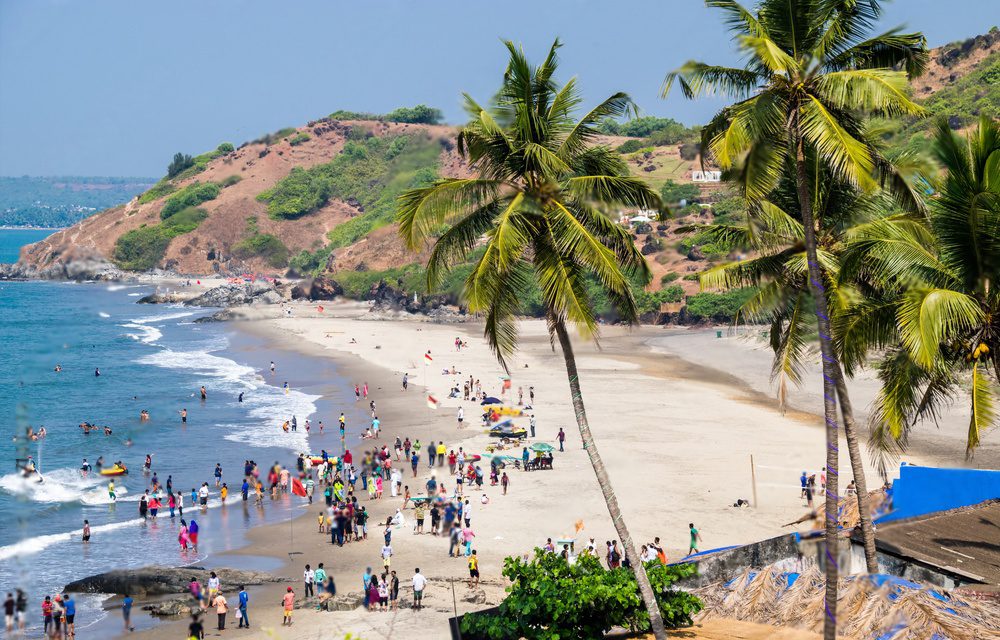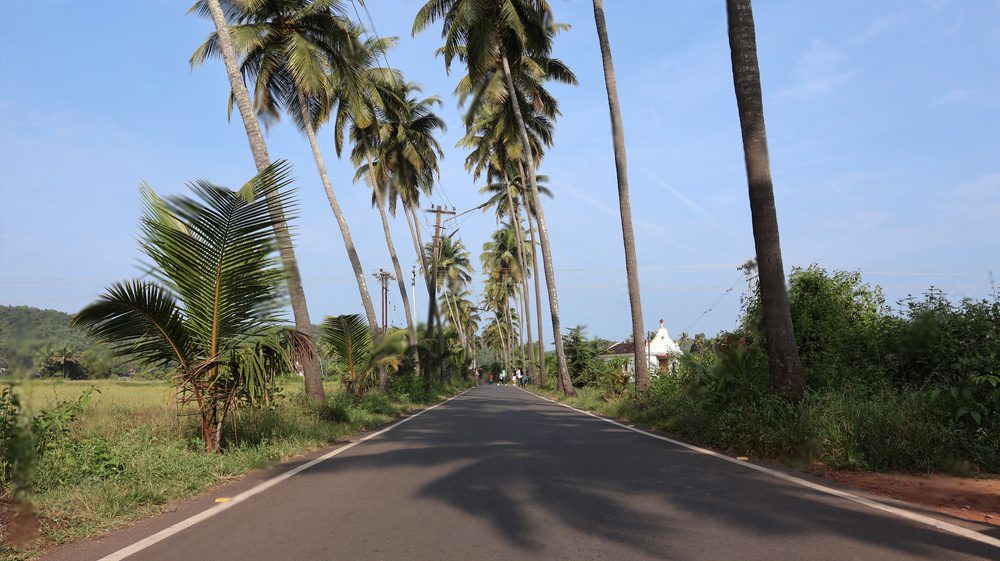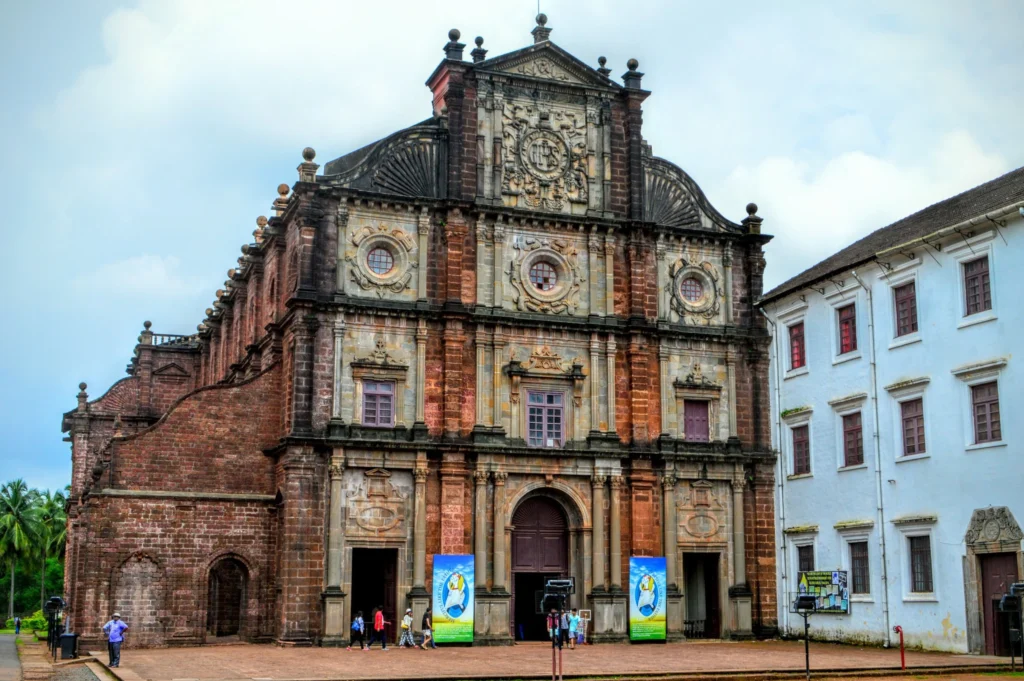Times to Visit Temples of India; India, a land steeped in spirituality, is home to thousands of temples dedicated to various deities. These temples are not just places of worship but also cultural and historical landmarks, often associated with important festivals, rituals, and events. While India’s temples are beautiful year-round, there are specific times when visiting them can offer a deeper connection to the country’s spiritual essence. In this blog, we explore the top 10 times to visit India’s temples for a truly transformative experience.
1. Maha Shivaratri – The Night of Lord Shiva
When: February/March
Where to Visit:
- Kashi Vishwanath Temple, Varanasi
- Mahakaleshwar Temple, Ujjain
- Kedarnath Temple, Uttarakhand
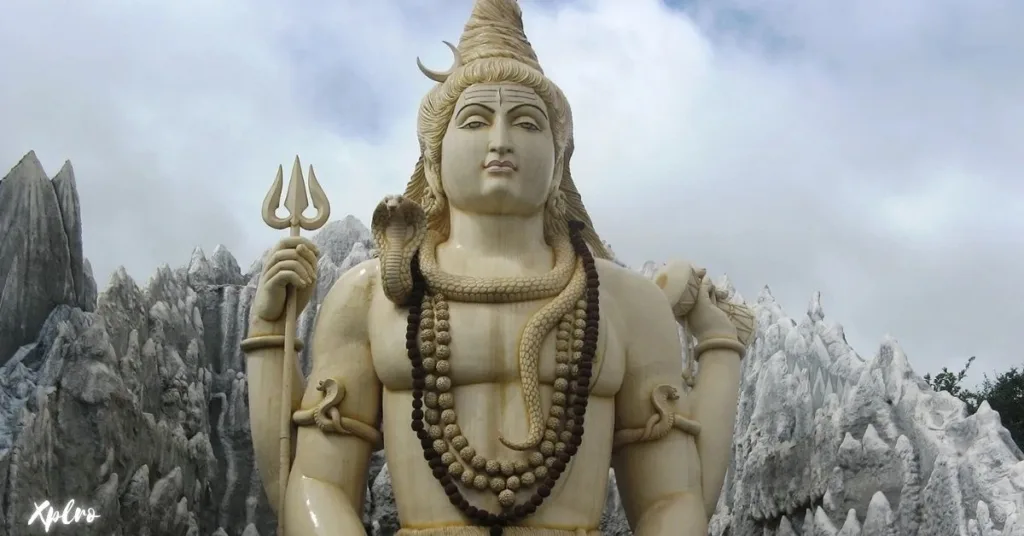

Maha Shivaratri, dedicated to Lord Shiva, is one of the most important spiritual festivals in India. On this auspicious night, devotees fast and stay awake all night, engaging in prayers, meditation, and the chanting of Shiva mantras. Temples across India, especially those dedicated to Shiva, witness grand celebrations with rituals and offerings. Visiting a temple during Maha Shivaratri, particularly in Varanasi or Ujjain, allows you to experience the mystical energy of the night as thousands of devotees come together in worship and meditation.
Why It’s Special:
Maha Shivaratri is considered a time when the divine energy of Lord Shiva is most accessible, making it an ideal moment for meditation and spiritual awakening.
2. Diwali – The Festival of Lights
When: October/November
Where to Visit:
- Tirupati Balaji Temple, Andhra Pradesh
- Golden Temple, Amritsar
- Laxminarayan Temple, Delhi
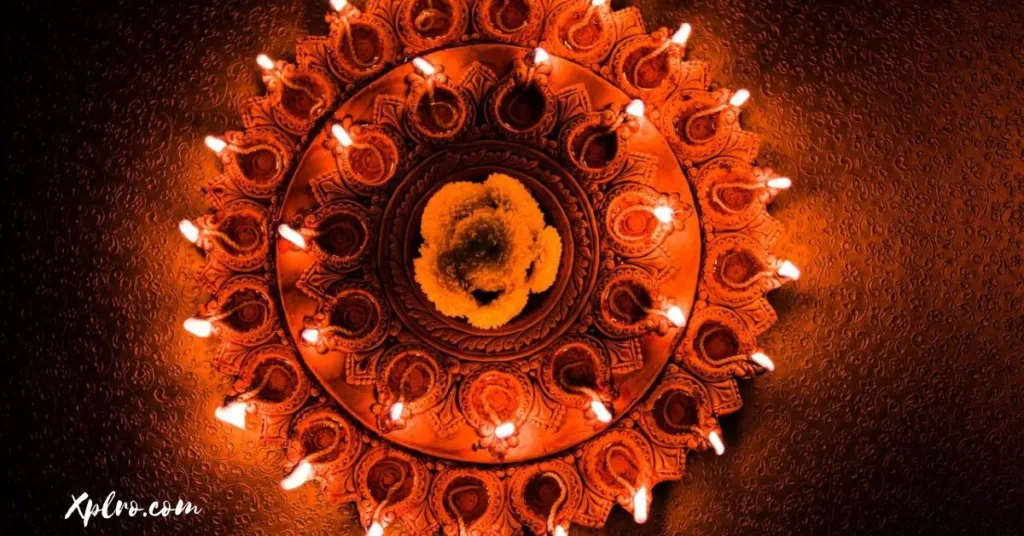

Diwali, India’s most famous festival, is celebrated with grandeur across the country. While it is a time of lights and celebrations, Diwali has deep spiritual significance, symbolizing the victory of light over darkness and good over evil. Visiting temples during Diwali is a profound experience as they are beautifully lit up with oil lamps, and special pujas (prayers) are performed. Temples like Tirupati Balaji and the Golden Temple witness a surge of devotees, creating an aura of devotion, gratitude, and spirituality.
Why It’s Special:
Diwali brings together the spiritual and celebratory aspects of Indian culture, with temples radiating divine energy that fosters deep introspection and gratitude.
3. Navaratri – The Nine Nights of the Goddess
When: September/October
Where to Visit:
- Vaishno Devi Temple, Jammu
- Kamakhya Temple, Assam
- Meenakshi Temple, Madurai
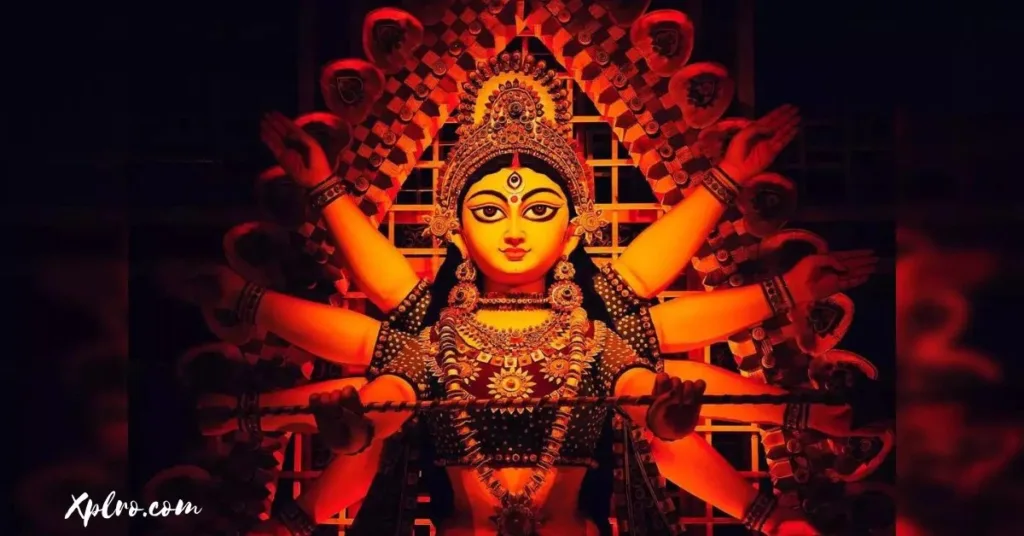

Navaratri is a nine-day festival dedicated to the worship of the goddess Durga and her various forms. It is celebrated with great fervor across India, with temples adorned with flowers and lights. During this time, devotees gather in large numbers to participate in special prayers, music, and dance. Visiting temples like Vaishno Devi or Kamakhya during Navaratri offers a powerful experience of divine feminine energy, as devotees pray for protection, prosperity, and spiritual growth.
Why It’s Special:
Navaratri symbolizes the victory of good over evil, and each day is dedicated to a different form of the goddess, making it a spiritually charged time for worship and reflection.
4. Kumbh Mela – The World’s Largest Pilgrimage
When: Every 12 years (with smaller Ardh Kumbh every 6 years)
Where to Visit:
- Prayagraj (Allahabad), Uttar Pradesh
- Haridwar, Uttarakhand
- Ujjain, Madhya Pradesh
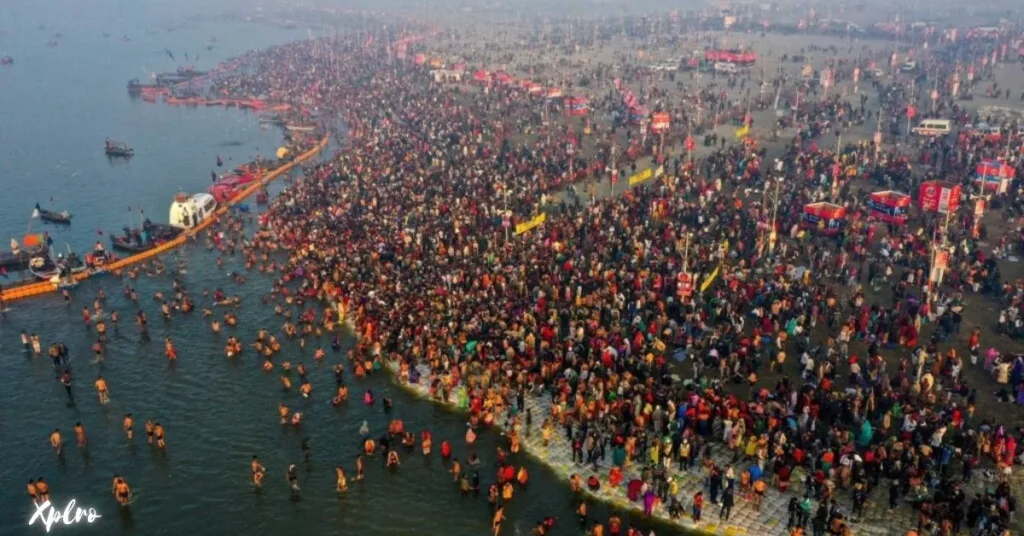

Kumbh Mela is one of the most significant spiritual gatherings in the world, where millions of pilgrims come together to bathe in the holy rivers. While it is not specific to a particular temple, visiting temples in cities like Prayagraj and Haridwar during Kumbh Mela adds a spiritual dimension to the pilgrimage. The event symbolizes the quest for salvation and spiritual cleansing. Temples in these cities become a focal point for rituals, prayers, and meditation, attracting ascetics and spiritual seekers from across the globe.
Why It’s Special:
Kumbh Mela is a rare and grand spiritual event that draws millions of devotees seeking to cleanse their sins and attain liberation. It’s a truly unique and transformative experience.
5. Ram Navami – The Birth of Lord Rama
When: March/April
Where to Visit:
- Ram Janmabhoomi, Ayodhya
- Raghunath Temple, Jammu
- Kalaram Temple, Nashik
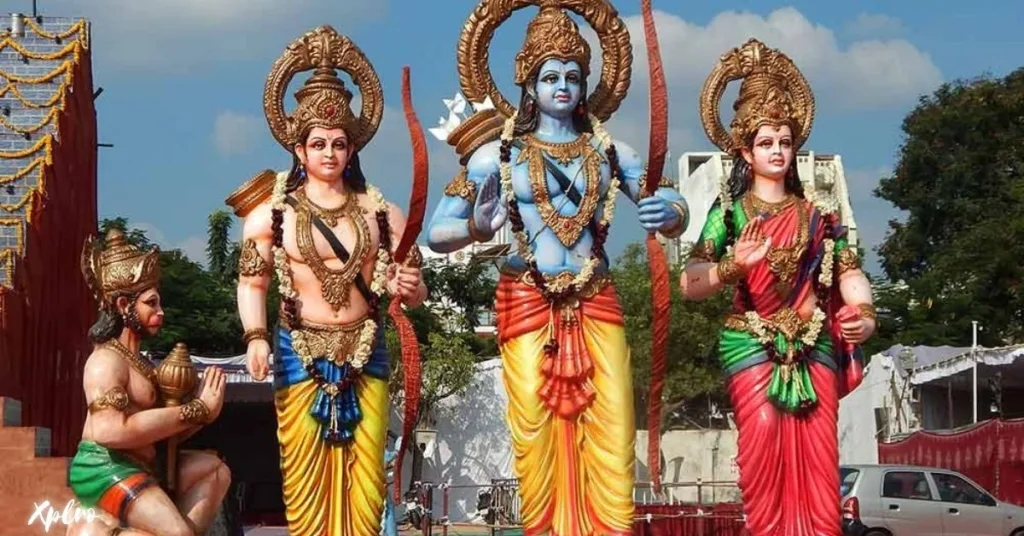

Ram Navami marks the birth of Lord Rama, one of the most revered deities in Hinduism. Temples dedicated to Lord Rama, especially in Ayodhya (his birthplace), witness grand celebrations with devotional songs, processions, and elaborate rituals. Devotees chant prayers and recite the Ramayana to commemorate the virtues of Lord Rama. Visiting Ayodhya during Ram Navami provides an immersive spiritual experience, as the city is transformed into a vibrant and devotional hub.
Why It’s Special:
Ram Navami is a time to reflect on dharma (righteousness) and the teachings of Lord Rama, making it a spiritually enriching time to visit temples.
6. Holi – The Festival of Colors
When: March
Where to Visit:
- Banke Bihari Temple, Vrindavan
- Dwarkadhish Temple, Gujarat
- ISKCON Temple, Bengaluru
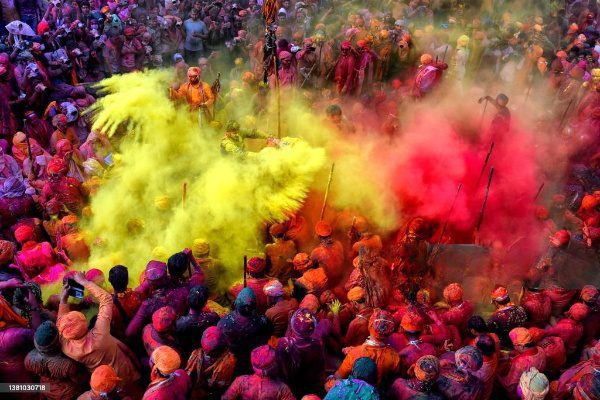

Holi, the festival of colors, is not just a time for joy and celebration, but also holds deep spiritual meaning. In places like Vrindavan and Mathura, Holi is celebrated as the divine play of Lord Krishna. Temples dedicated to Krishna see thousands of devotees celebrating with colors, music, and prayers. The spiritual essence of Holi lies in the celebration of life, love, and devotion, as temples become the center of vibrant festivities.
Why It’s Special:
Holi in temples like Vrindavan transforms into a joyful celebration of divine love, offering a unique spiritual and cultural experience.
7. Janmashtami – The Birth of Lord Krishna
When: August/September
Where to Visit:
- Dwarkadhish Temple, Gujarat
- Krishna Janmabhoomi Temple, Mathura
- ISKCON Temple, Mumbai
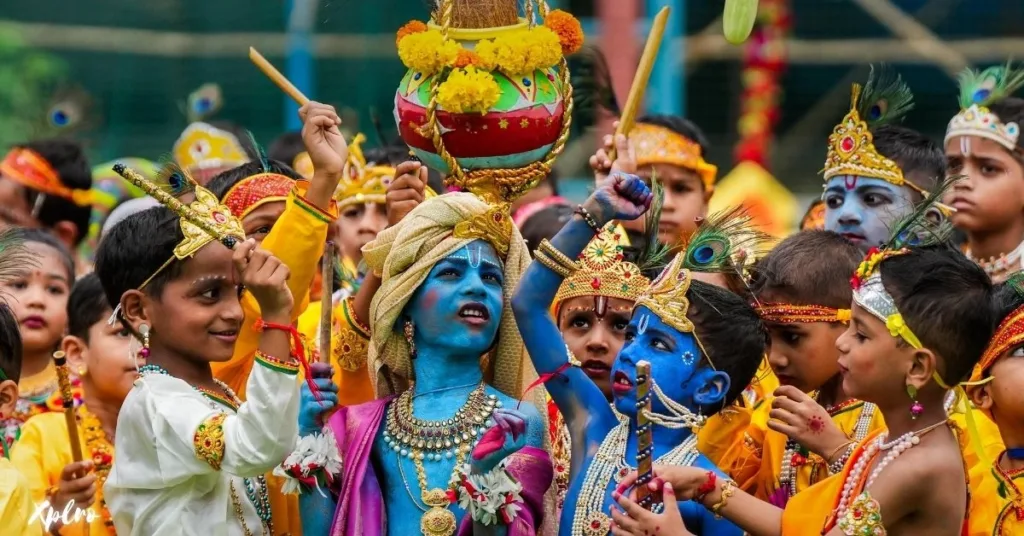

Janmashtami celebrates the birth of Lord Krishna, and temples across India witness grand midnight celebrations as devotees sing and dance in joy. In Mathura and Vrindavan, where Krishna was born and spent his childhood, the festivities are on an even larger scale. Devotees fast, sing devotional songs, and enact scenes from Krishna’s life. The spiritual atmosphere during Janmashtami is filled with devotion, joy, and love, especially in temples associated with Krishna’s life.
Why It’s Special:
Janmashtami is an opportunity to celebrate the divine play and teachings of Lord Krishna, making it an ideal time to visit temples and partake in the festive spirit.
8. Pongal and Makar Sankranti – Harvest Festivals
When: January
Where to Visit:
- Brihadeeswarar Temple, Tamil Nadu
- Sabarimala Temple, Kerala
- Konark Sun Temple, Odisha
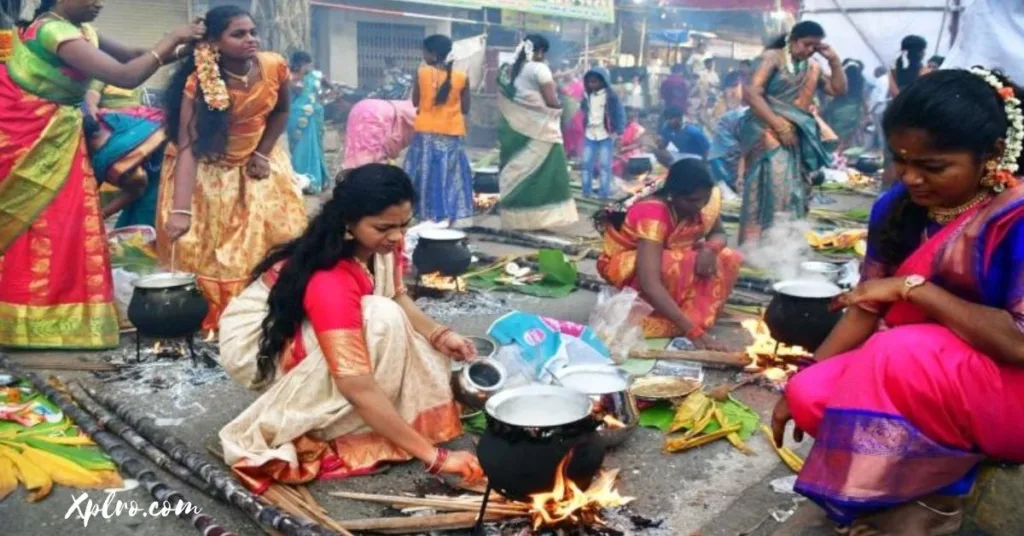

Pongal in Tamil Nadu and Makar Sankranti across North India are harvest festivals that also mark the transition of the sun into the zodiac sign of Capricorn. Temples, especially those dedicated to the sun god, witness special prayers and rituals during this time. Visiting temples like the Konark Sun Temple offers a unique spiritual experience as devotees gather to offer gratitude for a bountiful harvest and seek blessings for prosperity.
Why It’s Special:
These festivals celebrate the sun, life, and gratitude, making it a spiritually uplifting time to visit temples.
9. Guru Purnima – Honoring Spiritual Teachers
When: July
Where to Visit:
- Sai Baba Temple, Shirdi
- Ramanashram, Tiruvannamalai
- Dakshinamurthy Temple, Tamil Nadu
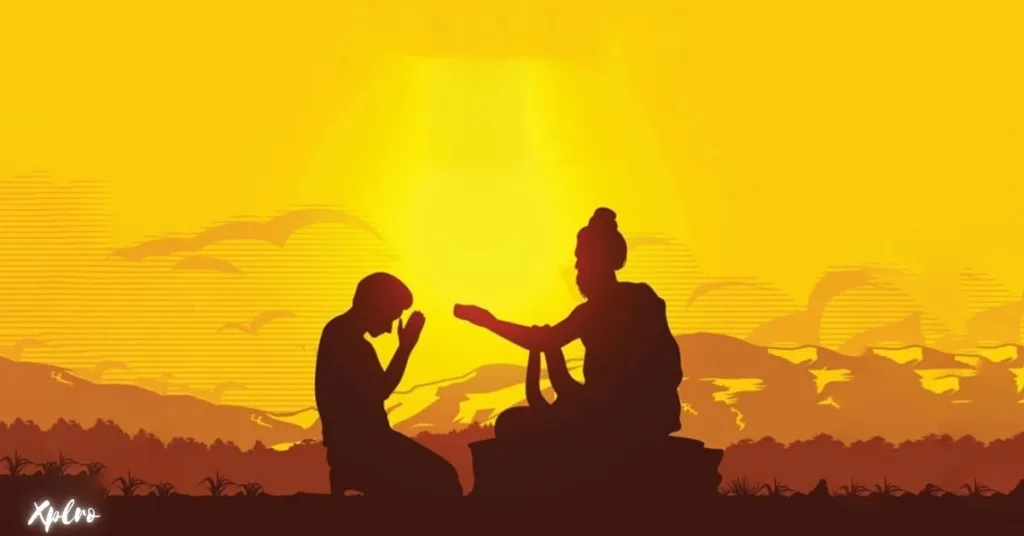

Guru Purnima is a day dedicated to honoring spiritual teachers and gurus. Temples associated with revered saints and spiritual leaders, such as Sai Baba in Shirdi, see large numbers of devotees paying their respects. This is an ideal time for spiritual seekers to reflect on their own spiritual path and seek blessings from their gurus. The atmosphere in temples during Guru Purnima is serene, filled with devotion and reverence.
Why It’s Special:
Guru Purnima is a time for spiritual reflection, gratitude, and seeking wisdom from revered gurus and spiritual teachers.
10. Kartik Purnima – The Full Moon Festival
When: November
Where to Visit:
- Jagannath Temple, Puri
- Ganga Aarti, Varanasi
- Pushkar Lake, Rajasthan
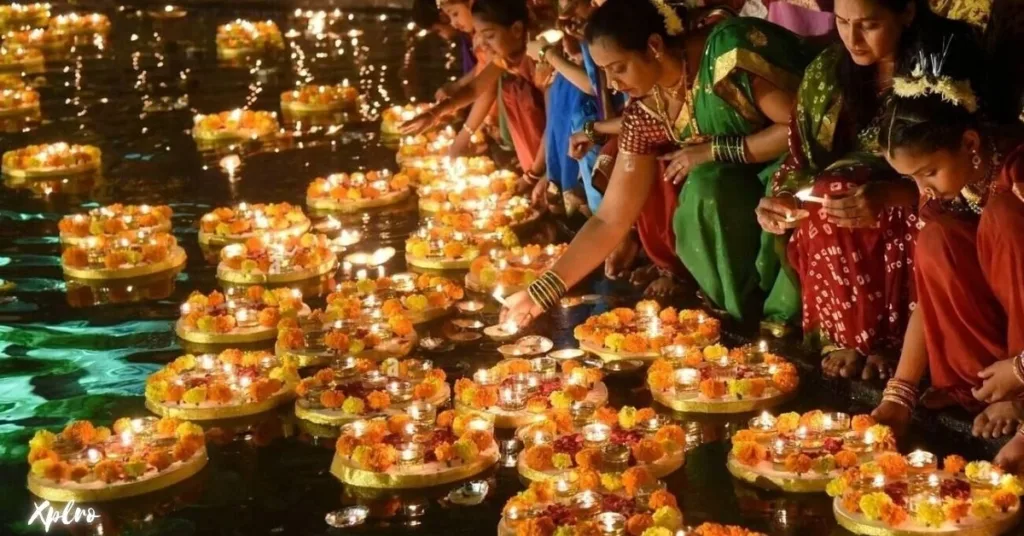

Kartik Purnima, celebrated on the full moon night of the Kartik month, is a sacred time for Hindus and Jains. Temples across India, especially in Varanasi and Puri, witness large gatherings for prayers and rituals. The spiritual significance of Kartik Purnima lies in its association with Lord Vishnu, and many devotees take a holy dip in rivers like the Ganga for purification. Visiting temples like Jagannath Temple during Kartik Purnima offers a divine experience as devotees light lamps and offer prayers.
Why It’s Special:
Kartik Purnima is a spiritually charged time that symbolizes the triumph of good over evil, making it ideal for temple visits and religious ceremonies.
Conclusion – Times to Visit Temples of India
Immerse yourself in the vibrant tapestry of India’s spiritual heritage by visiting its temples during specific festivals and auspicious times. These architectural marvels transform into sacred spaces pulsating with life during festivals like Maha Shivaratri, Diwali, and Navaratri. Witness the grand celebrations, special pujas, and the collective energy of devotees seeking inner peace, enlightenment, or simply a deeper cultural connection. Whether it’s the mystical night of Maha Shivaratri at Varanasi’s Kashi Vishwanath Temple or the joyful celebration of Lord Krishna’s birth at Vrindavan’s Banke Bihari Temple during Janmashtami, each experience offers a unique window into India’s soul. Plan your spiritual journey using Xplro.com, your one-stop guide to crafting the perfect itinerary for exploring India’s temples and experiencing their divine energy.
FAQs
1. What is the best time to visit temples in India for a spiritual experience?
- The ideal time to visit temples in India depends largely on the kind of spiritual experience you are seeking. Many travelers prefer to visit during festivals like Maha Shivaratri, Diwali, or Navaratri, which are deeply spiritual occasions that draw large numbers of devotees. The atmosphere in temples during these times is vibrant with rituals, prayers, and a palpable sense of devotion. For a more introspective and quiet experience, visiting temples during non-festival days can provide you with a peaceful environment for reflection and meditation, away from the large crowds. In summary, the best time varies according to your spiritual needs—whether you seek the communal energy of festivals or the serene silence of off-peak times.
2. Can non-Hindus visit temples in India?
- Many temples in India warmly welcome non-Hindus, especially those that have become famous pilgrimage sites or tourist destinations. However, there are certain temples, such as the Jagannath Temple in Puri and some temples in Kerala, where entry is restricted to Hindus only. These limitations are usually due to long-standing religious traditions. Regardless of religion, visitors are expected to respect local customs, which include dressing modestly, removing shoes before entering, and maintaining a quiet, respectful demeanor inside the temple.
3. What should I wear when visiting temples in India?
- When visiting temples in India, it’s essential to dress conservatively. Men and women alike should avoid wearing revealing clothing such as shorts or sleeveless tops. Women are advised to wear traditional or modest clothing like saris, salwar kameez, or long skirts, while men should opt for long trousers and shirts. In most temples, visitors are also required to remove their shoes at the entrance, and in some cases, women may need to cover their heads with a scarf or shawl as a sign of respect. Being mindful of these customs ensures that you maintain the decorum expected in a sacred space.
4. Are there specific rituals or practices I should follow during temple visits?
- Yes, there are several common rituals observed in most temples across India. When you enter the temple, it is traditional to ring the temple bell, symbolically announcing your presence to the deity. Offerings such as flowers, fruits, or sweets are also a customary part of temple visits. Many devotees practice pradakshina, the act of walking around the sanctum in a clockwise direction, which is believed to show reverence and devotion. It’s important to follow any specific instructions given by temple staff or priests and be respectful during the darshan (viewing of the deity). Each temple has its own unique customs, so observing and asking for guidance when needed is always a good idea.
5. Can I take photos inside temples in India?
- Photography inside temples is often restricted, especially in the innermost sanctum where the deity is housed. While some temples may allow photography in the outer courtyards or other non-sacred areas, it is always important to check for posted signs or ask permission from temple authorities before taking pictures. Some temples allow photography only during specific hours, while others may require a special pass or donation for photo privileges. Respecting the temple’s rules regarding photography helps preserve the sanctity of the spiritual space.
6. How do I choose the right temple for a spiritual experience in India?
- Selecting the right temple for your spiritual experience largely depends on your personal beliefs and spiritual goals. If you are a devotee of Lord Shiva, temples like Kashi Vishwanath in Varanasi or Kedarnath in Uttarakhand would be perfect for you. Krishna devotees might gravitate toward the temples in Mathura or Dwarka. For those interested in experiencing the spiritual energy of festivals, planning a visit around events like Diwali or Kumbh Mela is ideal. Additionally, online resources like Xplro.com offer extensive guides on temples, spiritual festivals, and the best times to visit, helping you plan a spiritually fulfilling journey based on your interests.
7. Is it safe for solo travelers to visit temples in India?
- Solo travel in India, especially for temple visits, is generally safe. Well-known temple towns like Varanasi, Rishikesh, and Tirupati are accustomed to hosting large numbers of pilgrims and tourists, including solo travelers. Basic precautions, such as securing your belongings and avoiding isolated areas at night, should be followed. Female travelers may want to be extra cautious in rural or less frequented temple areas but will find that most pilgrimage sites are well-patrolled and safe, particularly during peak hours. Engaging with locals and fellow pilgrims can also enhance the safety and cultural richness of your visit.
8. Why are festivals significant when visiting India’s temples?
- Festivals in India’s temples are an integral part of the country’s spiritual landscape. They are not just times for celebration but also opportunities to connect deeply with divine energies. Festivals like Diwali, Navaratri, and Maha Shivaratri are deeply symbolic and filled with spiritual meaning. Temples during these times become centers of vibrant activity, as devotees perform rituals, offer prayers, and partake in community activities. The atmosphere is charged with devotion, and the temple’s energy is at its peak, offering a powerful and immersive spiritual experience. Participating in these festivals allows visitors to witness India’s spirituality in its most dynamic form.
9. Which are the most important pilgrimage temples in India for a spiritual journey?
- India is home to some of the world’s most revered pilgrimage temples. Among the most significant are the Kashi Vishwanath Temple in Varanasi, dedicated to Lord Shiva; the Tirupati Balaji Temple in Andhra Pradesh, a major Vishnu shrine; the Vaishno Devi Temple in Jammu, a popular Shakti temple; and the Jagannath Temple in Puri, Odisha, which is part of the Char Dham pilgrimage. These temples attract millions of pilgrims every year and are known for their spiritual energy and historical significance. Visiting these temples is a deeply enriching experience for any spiritual seeker.
10. Are temple towns accessible for international tourists?
- Yes, most temple towns in India are easily accessible for international tourists. Cities like Varanasi, Madurai, and Rishikesh have airports or nearby railway stations that connect to major cities in India, making them convenient to reach. Additionally, these towns often offer a range of accommodations from budget guesthouses to luxury hotels. Many temple towns also have local transportation options such as taxis and auto-rickshaws, making it easy for visitors to get around. For international travelers, these towns often have visitor services that cater to tourists, including language assistance and guided tours, ensuring a smooth and enriching experience.
11. What is the significance of taking a holy dip in temple rivers or lakes?
- In India, many temples are located near sacred rivers or lakes, where taking a holy dip is considered an essential part of the spiritual journey. It is believed that these waters have the power to purify sins and bring spiritual cleansing. For instance, the Ganges River in Varanasi or the Godavari River in Nashik are popular locations for holy dips, especially during festivals like Kumbh Mela. Similarly, the Pushkar Lake in Rajasthan is a sacred site where devotees bathe to receive blessings. These dips are a symbolic act of surrender, where devotees seek spiritual renewal and divine blessings before offering prayers at the temple.
12. Do temples offer spiritual retreats or meditation programs?
- Many temples in India offer spiritual retreats and meditation programs designed for those seeking a deeper connection to spirituality. Temples like the Ramanashram in Tiruvannamalai and the Isha Yoga Center in Coimbatore offer structured programs that include meditation, yoga, and spiritual teachings. These retreats provide a peaceful environment where visitors can immerse themselves in spiritual practices under the guidance of experienced teachers. Some temples also host free meditation sessions, satsangs (spiritual discussions), and yoga workshops, making them perfect for spiritual seekers who want to spend an extended period in a sacred space focused on personal growth and reflection.
